As protests picked up across the country this past June, WSN began compiling resources and information for safely protesting and reporting on protests. We wanted to support NYU students participating in protests and student journalists covering them. This guide discusses ways to stay safe while protesting and while covering a protest as a young journalist, including digital safety, prevention of damage from less-lethal weapons and more.
Stay safe. This page will be updated as we acquire new information.
- Know the risks:
- Police are targeting the press on the ground with less-lethal weapons, including projectiles (pepper spray, tear gas, fire balls) and rubber bullets.
- Journalists have been arrested despite identifying themselves as members of the press and being legally allowed to be present on the scene (including after curfews implemented in certain American cities).
- If you are a journalist without U.S. citizenship, your arrest might lead to your Visa status revocation and/or your subsequent deportation to your country of citizenship.
- Take steps to ensure your safety on the ground, before and after the protest:
- No reporter on the ground should be asked or expected to work alone.
- Ballistic glasses or plastic goggles, bullet- and stab-proof vests and helmets should be worn. If you suspect a threat of lethal ammunition being used, consider wearing full-body armor.
- Consider the risk of COVID-19: journalists with health conditions that put them at risk of severe complications from the virus shouldn’t be working on the ground.
- Respirators, N95, surgical or cloth masks should be worn at all times; hand sanitizer with at least 70% alcohol content has to be on reporters at all times; disposable gloves can be worn as well.
- Consider reporting from outside of the crowd (e.g. from a building’s rooftop); remain on the sides of the roads to avoid getting trampled (remember: it might be harder to run with the equipment used for reporting).
- If you’re taking photographs, AVOID photographing protesters’ faces. Many protesters have been identified through the works of photojournalists and subsequently arrested.
- Have a member of your team on the lookout to warn you if an escalation happens or if the threat increases for any reason.
- Stay in touch:
- Write your editor’s name on your arm in a Sharpie or other medium that is hard to erase with rubbing, sweat and other liquids.
- Write down numbers of your personal emergency contacts on your body as well as numbers of a lawyer or an attorney you trust, or a legal defense organization such as National Lawyers Guild.
- Cover up the numbers with long sleeves or write them on your stomach.
- Keep any media credentials you have with you and on your person at all times.
- Maintain digital safety:
- Be aware of the information stored on your device; make sure there is not anything you would not want the police to find.
- If able, leave your main cellular device at home and carry a phone with as little information on it as possible; remove private information from your main phone if you cannot leave it behind.
- Follow the device security guide by Committee to Protect Journalists to ensure your digital safety.
- Deactivate touch and face IDs on your phone and use a PIN number password instead.
- Turn off all location services on your phone and make no online payments while out on the assignment. You can be tracked this way as well.
- Establish a form of code with your editor in order to update them on your location and status.
- Follow tips for protesting safely:
- Guide by Amnesty International for protesting safely in the U.S.
- Do not put Vaseline, mineral oil or oil-based sunscreen or moisturizers on skin as they can trap chemicals from tear gas and pepper spray.
- Do not wear contact lenses, which can trap irritating chemicals from tear gas and pepper spray underneath.
- Do not wear things which can be easily grabbed or tugged on (i.e. jewelry, ties, loose hair).
- Have water in a plastic bottle with a squirt top (a sports water bottle would work) to drink from and to wash off your skin or eyes after getting sprayed or gassed. Don’t forget to recycle the bottle afterwards.
- Have menstrual pads with you and wear a menstrual pad if you’re on your period. Avoid using tampons — if you’re arrested you may not have a chance to change.
- Carry goggles, respirators, cloth masks or a wet bandana over the nose and mouth to protect yourself from tear gas or pepper spray.
- If you wear contacts, remove the lenses or get someone to remove them for you with clean, uncontaminated fingers.
- Guide by Amnesty International for protesting safely in the U.S.
- Guide for protesting safely while having a chronic health condition:
- Bring several liters of water, electrolyte drinks or IV fluids if needed.
- Bring your medical ID or bracelet and if you don’t have one or don’t want to have an ID on you, write down your allergies, conditions and medications on your arm with a Sharpie (make sure it’s easy to read and find if you’re unconscious or taken in an ambulance).
- Bring a lot of snacks (especially protein bars) and make sure you have salty snacks for hypotension or sugary snacks for hypoglycemia.
- Have someone with you, if possible, to ensure your safety and be your protest buddy.
- Bring your emergency medication with you and ensure easy access to it, if needed urgently (e.g. epinephrine pens, inhalers, etc.).
- If you’re a mobility aid or a wheelchair user, contact the organizers in advance to make sure the venue will be accessible to you and others in your position.
- If you struggle with walking long distances, check if you can meet protesters at their final destination instead of marching.
- If you can’t stand for long periods of time, bring something to sit on with you.
- Wear the most comfortable shoes you own and ensure you can run in those if you’re able to.
- Guide for protesting in a pandemic put together by Frontline Medics:
- Be mindful of who you might be infecting if you bring the virus with you back from the protest. Consider contactless ways to participate instead of protesting if you live with people vulnerable to severe complications from COVID-19.
- Wear a mask and, if able, bring masks to share. Bring an extra one if yours gets contaminated.
- Take care of yourself, your mental and physical health before, during and after the protest to maintain strong immunity, which will ensure you’re better prepared to fight COVID-19 if you do get infected.
- Wear clothing with long sleeves to cover as much skin and hair as possible. This will create a barrier between your body and tear gas you might be potentially exposed to.
- Don’t touch your face under any circumstances and consider wearing gloves.
- As soon as you’re back from the protest, change. Change your clothes, put the clothes you wore into a dryer at high temperature to kill any traces of the virus potentially remaining on the fabric. Disinfect all of the belongings you’ve had with you.
- Guide for protesting as an international student on a Visa and an updated version:
- Know, understand and remember: your arrest might lead to revocation of your Visa status and deportation to your country of citizenship.
- You aren’t an American citizen. Therefore, the U.S. Constitution doesn’t protect you to the extent it protects an American citizen.
- You aren’t required to carry identification documents on your person. In fact, avoid having any indication of your nationality or citizenship status on you for the police to see.
- If you realize the protests are escalating or the arrests are beginning, feel free to leave. Stay calm and collected fleeing the scene. Do everything in your power to avoid getting arrested.
- Do not disclose your Visa status to anyone except for your attorney. You’re not obligated to tell the police about your citizenship status.
- If you’re protesting in an American city with a curfew, return home before curfew. Once curfew strikes, your chances of getting arrested rise drastically.
- If you’re arrested, know these numbers: 844-955-3425 (Legal Aid NYC); 212-998-4720 (NYU Office of Global Services). You also need to know your country of citizenship’s consulate and embassy numbers as well as the National Lawyers Guild Mass Defense Program in the state you’re protesting in.
- NYU OGS reminds you: in case of an arrest, inform NYU OGS immediately (either do it yourself if arrested during their hours of operation, Monday through Friday, 9 a.m. to 5 p.m., or have one of your emergency contacts inform them on your behalf).
- NYU OGS suggests finding two lawyers in case of an international student’s arrest: one with specialty in criminal law and one with specialty in immigration law.
- Guide by Wired on how to protect yourself online and digitally:
- Turn off all location services on your phone, through apps, photographs, geolocation, etc.
- Turn off locations on your photographs and videos, including the existing ones in your camera roll.
- Avoid facial recognition at all costs (you might be photographed for media outlets and social media, which is how you might be identified).
- Cover up tattoos and other recognizable traits you might have, including dyed hair.
- Do not respond to protest events on Facebook (e.g. do not click “interested” or “going”).
- Remove all identifying information from your social media accounts and make them private. All information that is still accessible should give away nothing about your identity.
- Communicate through Signal, an app with end-to-end encryption system, making it impossible to track communications done through it.
- Guide on protesting safely in a hijab:
- If you are wearing a hijab with long ends, tuck them into your collar to avoid them getting grabbed and pulled on. The less fabric your hijab has, the easier it will be to hide any loose ends.
- To make tucking your hijab in easier, wear a funnel-neck or a hoodie. Avoid wearing collars or turtlenecks as they can be pulled on and cause you to choke.
- Do not wear any pins that hold your hijab together, they might injure you if you are getting arrested. Wear magnets or a different hijab instead.
- Bring an extra hijab with you in case yours gets tear-gassed or taken off of your head.
- If you get arrested:
- Call the emergency number or numbers you’ve written on your body before the protest, let them know which precinct you were taken to. If you’re an international student, make sure to follow the instructions from NYU OGS and contact them immediately as well.
- There are bail funds all over the country, such as for Louisville, Ky. and Minneapolis, Minn., and of course, New York City.
- The Brooklyn Bail Fund has resources for NY bail information and this is how to post bail in New York City.
Email Abby Hofstetter, Alexandra Chan, Alexandria Johnson, Anna-Dmitry Muratova and Mandie Montes at news@nyunews.com.
Correction, Sept. 24: A previous version of this article included misinformation about protection of international students under the U.S. Constitution. The article has been updated and WSN regrets the error.























































































































































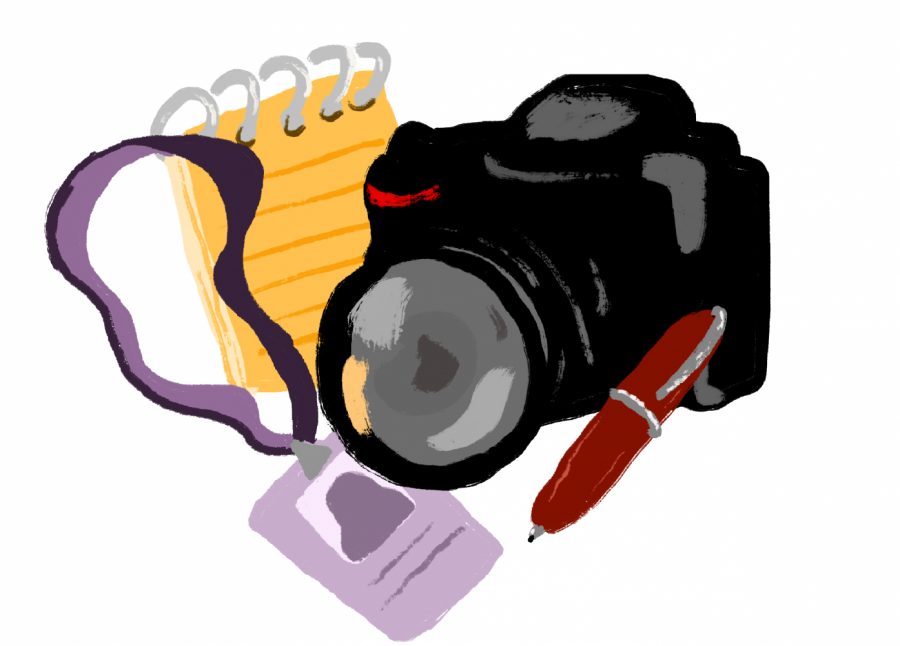
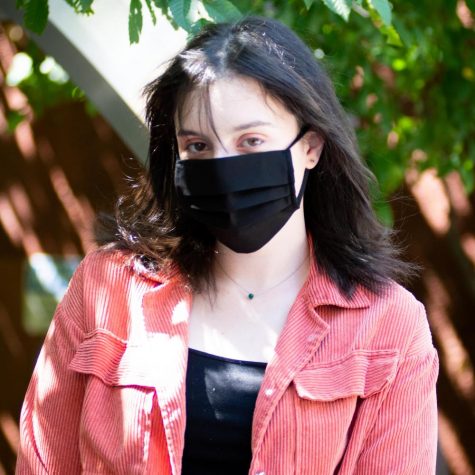
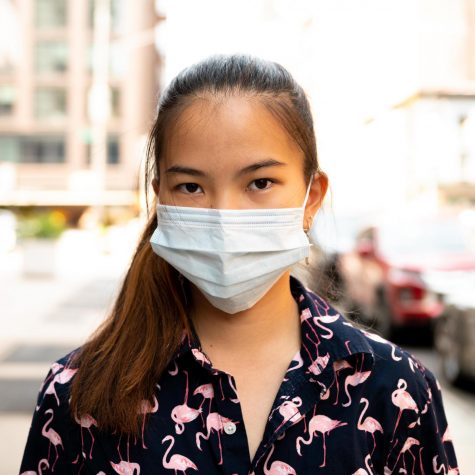
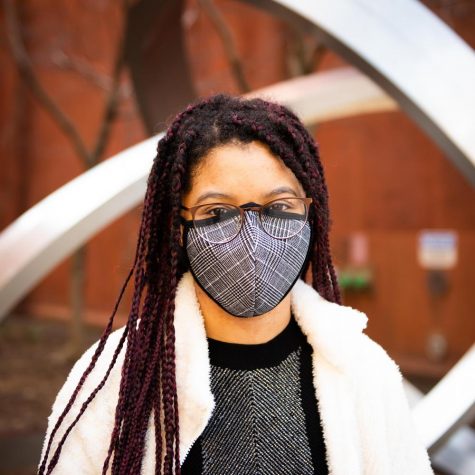
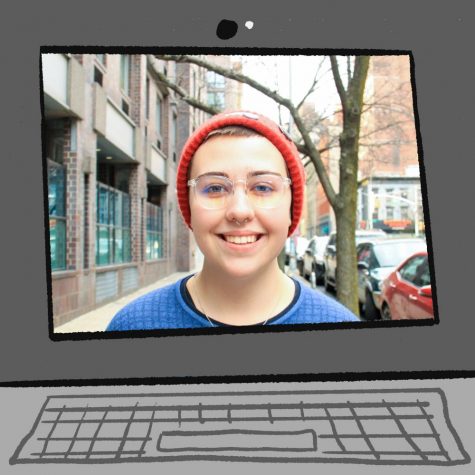
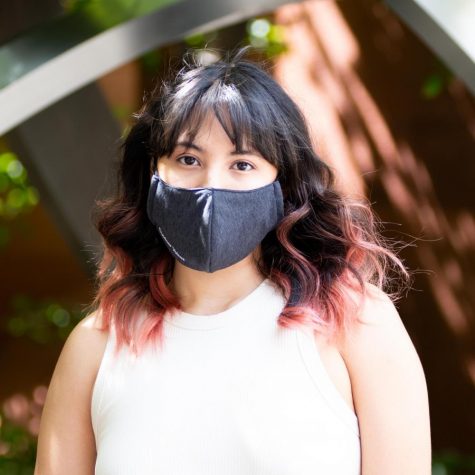
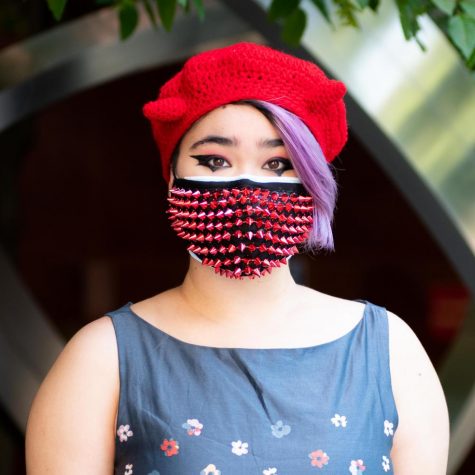
Joan Hirsch • Oct 6, 2020 at 8:22 pm
I am not an NYU student but I read this article with interest and much appreciate the information. It is informative. I hope the writers here could answer a question I have about NYU’s policies at the present time. I have spoken to a number of NYU students and gotten conflicting answers: At the present time, with the need to be especially cautious given the pandemc, is the NYU Administration forbidding or discouraging interested students from participating in various protests? I am not talking about students without masks hanging out outside bars or partying in large groups close together. I’m referring specifically to protests. A grad student showed me quickly an email that I wasn’t able to read but that he said was sent to returning students with the subject line, “Quick Answer – Protesting Safely.” He said it included guidelines on how to participate responsibly and safely, i.e. that NYU was issuing not categorical directives to students to not participate. Rather the university is inclined toward supporting BLM protests and providing guidelines to do this safely. Is this correct?